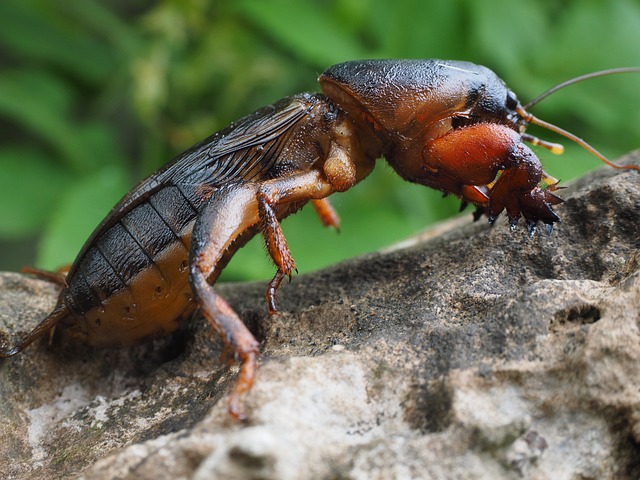In gardens, it is crucial to distinguish beneficial animals from pests in order to apply biological control. Beneficial animals, such as birds, hedgehogs, frogs, spiders, ladybirds, ladybirds and praying mantises, contribute significantly to pest control. Birds are especially valuable because they can remove up to 30 kilograms of caterpillars and other pests in one day. By placing birdhouses, providing food in winter and water in summer, their presence can be encouraged. Frogs, which feed on snails, can be attracted by digging ponds with aquatic plants.
Animals of diametrically opposed impulses; ladybugs and snails
Ladybugs are natural enemies of aphids and can eat up to 400 aphids a day. Aphids attack plants by sucking the sap, causing the leaves to curl and fungus to appear on the honeydew they leave behind. To protect plants, it is recommended to plant certain plants that attract lice, such as lettuce and broad beans, among main crops such as strawberries. These practices help preserve plants without chemical agents.
Snails are pests that most often attack leafy vegetables and flowers, feeding at night. Their natural enemies, such as frogs and hedgehogs, are becoming rarer. Snails can be removed manually at night with the help of a light, use coffee grounds that repel them and fertilize the soil at the same time, or lure them into glasses with beer. Also, sprinkling ashes, rock flour or planting herbs such as yarrow, sage and frankincense can keep them away from crops.

And this is how shrews and moles behave
Rovac is a nocturnal pest that destroys the roots and tubers of plants. Its removal is possible by placing containers with water and boards that direct it into the trap. On the other hand, the mole is useful because it destroys rodents and caterpillars, but creates molehills that spoil the appearance of the garden. Moles can be driven away by placing empty bottles in trenches; the sounds made by the wind in the bottle will drive them out of the garden.
Biological protection of the garden is based on maintaining a natural balance between beneficial animals and pests. By regularly monitoring the condition of the plants, adequate soil care and the application of natural protection methods, it is possible to preserve the health of the plants and reduce the use of chemicals. Through the cooperation of natural allies, such as birds, ladybugs, frogs and other beneficial animals, the garden can be kept healthy and productive.
Source: Good morning
Source: boljazemlja.com


